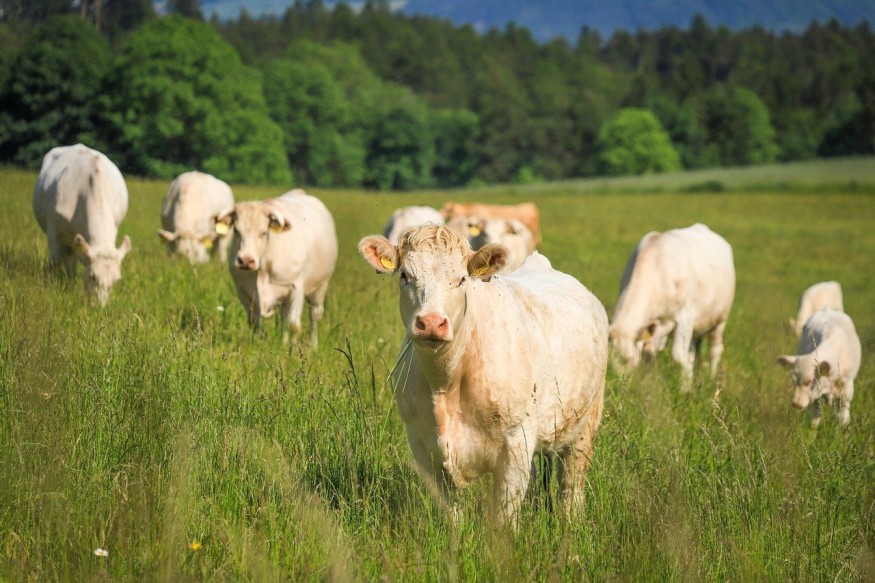
The country's scientific community has sounded the alarm over avian influenza following its spread among non-bird animals.
Avian influenza is typically associated with birds. But recently, the virus made an unprecedented leap to cattle across six U.S. states, prompting intensified scrutiny from researchers and health officials.
The emergence of this worrisome strain among cattle signifies a significant shift in the virus's transmission dynamics and poses potential risks to human health and agricultural stability, according to experts.
As health authorities grapple with the evolving situation, Daniel Goldhill, an evolutionary virologist at the Royal Veterinary College, noted the urgency of the matter by pointing out the unpredictable nature of viruses and the need to remain vigilant.
While the overall threat to human health remains low for now, experts urged for comprehensive surveillance and swift action to contain the spread and mitigate potential risks.
The outbreak, which marks the first widespread incidence of avian influenza in cattle, has prompted a flurry of scientific inquiries aimed at unraveling the intricacies of transmission pathways and assessing the efficacy of candidate vaccines and antiviral drugs.
Researchers are particularly focused on determining whether the virus is spreading between cows and identifying the underlying mechanisms driving its dissemination within the bovine population.
Of particular concern is the potential for the virus to undergo mutations that enhance its transmissibility in mammals, thereby posing a heightened threat to human health.
"The more mammalian species the virus infects, the more opportunities it has to evolve a strain that is dangerous to humans," Goldhill stated, according to Nature.
While current surveillance efforts have shed light on the transmission dynamics within cattle herds, researchers stressed the need for continued vigilance and international collaboration to monitor viral evolution and assess the effectiveness of existing preventive measures.
Moreover, virologist Richard Webby reportedly said that it is important to determine the precise mode of transmission and if the virus is indeed spreading among cows.
Science also reported that virus levels in the animals' milk suggest a potential route of transmission distinct from airborne dispersion, which poses challenges in containment and facilitates rapid dissemination.
Should cows contract the virus through contact with contaminated surfaces like milking machines, transmission would occur at a slower pace compared to airborne transmission.
For now, experts and health officials are monitoring the situation while also looking for answers and possible solutions.
